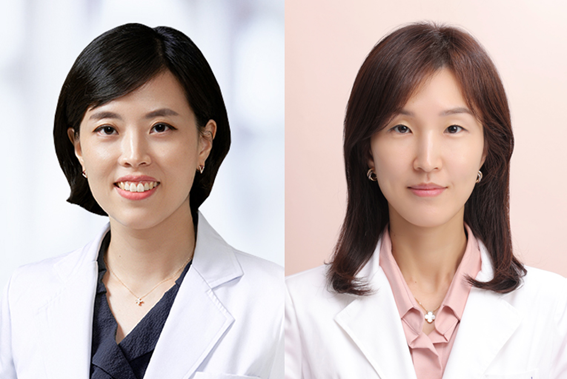Mammography AI Shows High Sensitivity in Detecting Secondary Cancers in the Contralateral Breast After Mastectomy
- SNUH uses AI software to analyze contralateral mammograms after mastectomy
- AI detects 32% of cancers missed by specialists...mostly early-stage breast cancer
If breast cancer develops in one side of the breast, the risk of developing cancer in the contralateral breast after surgery is high. After a mastectomy on one side, the cancer detection rate and sensitivity of AI software were found to be higher than those of specialists in reading contralateral mammography. In particular, AI is expected to help diagnose secondary cancers and improve prognosis in mastectomy patients by detecting approximately 30% of additional breast cancers that specialists missed.
A research team led by Professor Chang Jung Min and Professor Ha Su Min of the Department of Radiology at Seoul National University Hospital(SNUH) announced on the 9TH of May the results of a study comparing the cancer diagnosis performance of specialists and AI software based on mammography images of 4,189 mastectomy patients.
Breast cancer has the highest incidence rate among female cancers worldwide, and especially when breast cancer occurs in one breast, there is a high risk of secondary cancer (cancer that occurs in cancer survivors after cancer treatment) in the other breast even after treatment. Therefore, regular mammography screening is recommended, but patients who have undergone mastectomy have lower test sensitivity than the general population, so a more effective screening tool is needed.
The research team conducted a retrospective review of mammograms using software that assists with AI interpretation. These mammograms were performed on the remaining breast after a mastectomy, during a period when the patient exhibited no symptoms of cancer. Although this AI technology has been introduced into general breast cancer screening and is enhancing diagnostic performance, its effectiveness for patients with a history of breast cancer has not yet been evaluated.
The analysis results showed that the actual cancer incidence rate was 2.7%. The cancer detection rates of AI and specialists were 1.74% and 1.46%, respectively, which were significantly higher when AI was used alone.
In addition, AI had higher sensitivity (65.8% vs. 55.0%) and lower specificity (91.5% vs. 98.1%) compared to specialists. In other words, AI diagnosed breast cancer-positive people as positive more often than specialists, but it also diagnosed breast cancer-negative people as positive more often.
Additionally, AI detected 16 out of 50 cases (32%) that specialists missed. The research team explained that these cancers showed the characteristics of early breast cancer, such as ▲stage 1-2 ▲invasive ▲hormone receptor positive ▲lymph node metastasis, and that AI software can help in the early diagnosis of breast cancer.
Professor Chang Jung Min of the Department of Radiology said, “This study is the world’s first study to show that AI software can effectively detect secondary cancer in the contralateral breast after mastectomy,” and added, “However, even with the efforts of AI and specialists, there are cancers that are not visible on mammography due to dense breasts, so appropriate ultrasound and MRI will also be necessary for precise examinations.”
The results of this study were recently published in the international academic journal ‘Radiology (IF;12.1)

[Pictures from left] Seoul National University Hospital, Department of Radiology
Professor Chang Jung Min and Professor Ha Su Min